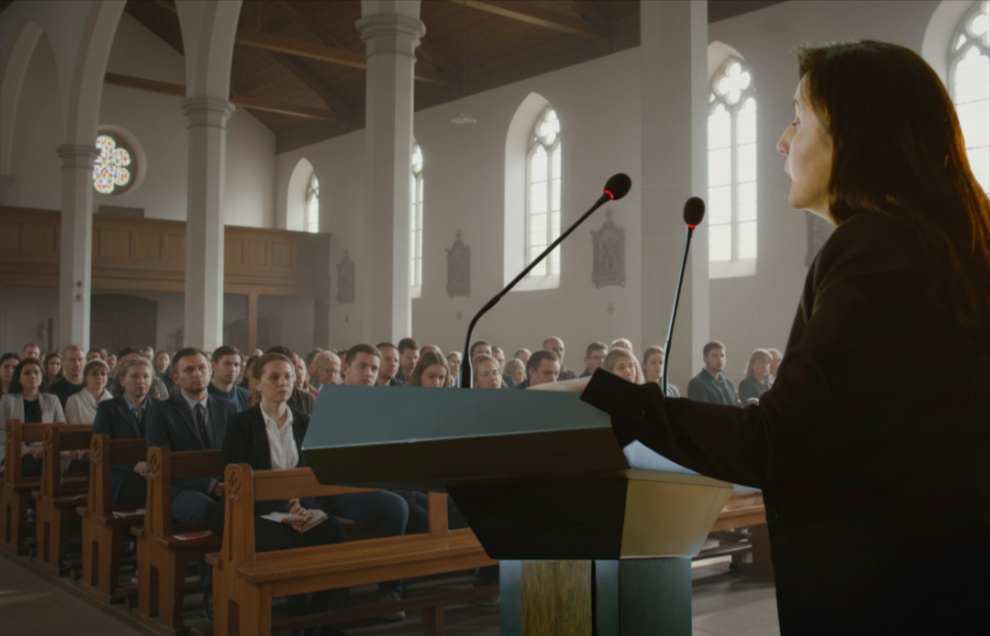How to Write and Deliver a Eulogy

Understanding the Role of a Eulogy
A eulogy is a heartfelt tribute delivered at a funeral or memorial service to honor and celebrate a person’s life. It acknowledges their passing, shares meaningful memories, and offers comfort to those grieving. Anyone close to the deceased-family, friends, colleagues, or clergy-can deliver a eulogy, and multiple speakers often provide a fuller picture of the individual.
Writing a Meaningful Tribute
Effective eulogies typically include an introduction, biographical highlights, defining qualities, and personal stories that illustrate character and values. The process involves gathering memories, identifying key themes, and selecting anecdotes that balance humor and emotion. Creating an outline helps organize thoughts, while writing in a conversational tone ensures authenticity. Aim for five to ten minutes when spoken aloud.
Delivering with Confidence and Compassion
Preparation is essential: practice reading aloud, bring a printed copy, and arrive early to familiarize yourself with the setting. Speak slowly, make eye contact when possible, and allow pauses for emotion. Begin by thanking attendees and introducing your relationship to the deceased; conclude by summarizing their essence, reflecting on their legacy, or offering a meaningful farewell. Above all, sincerity matters more than perfection-speaking from the heart provides comfort and honors a life well-lived.
Read the full 8-page article. FREE Download for your convenience.
Click the button below.




